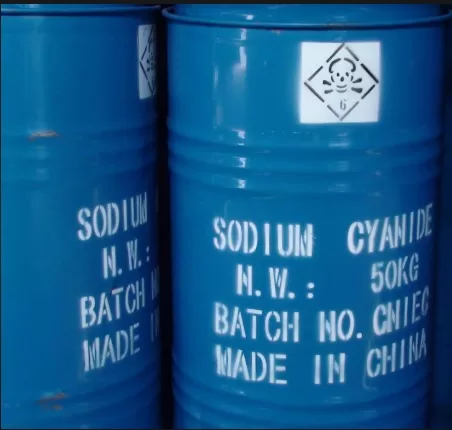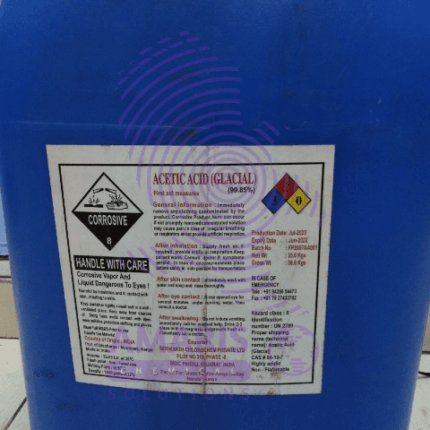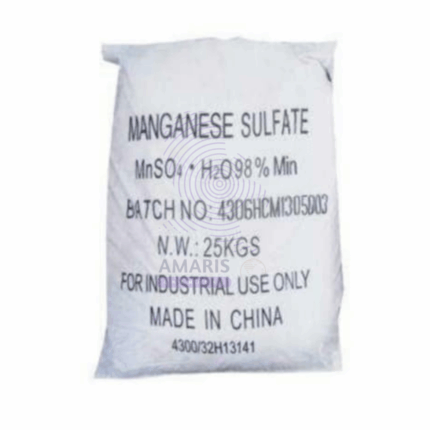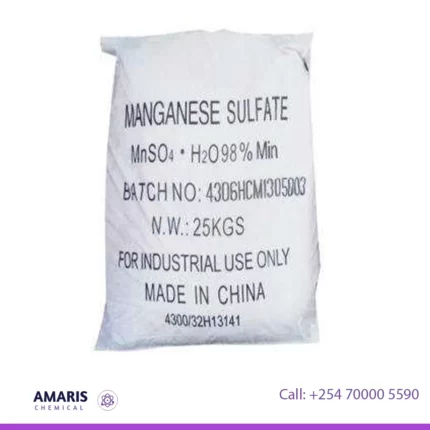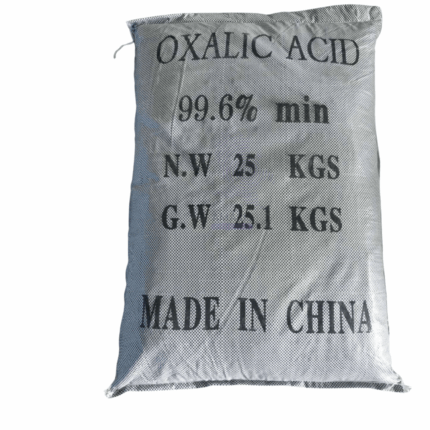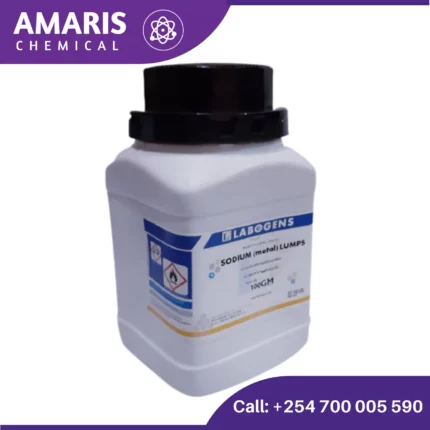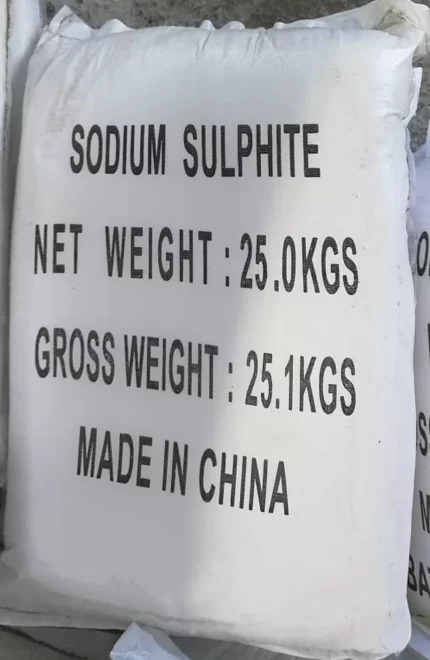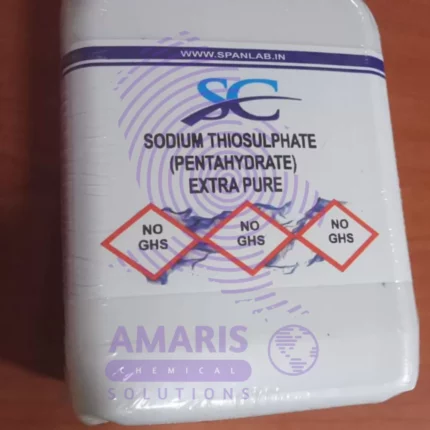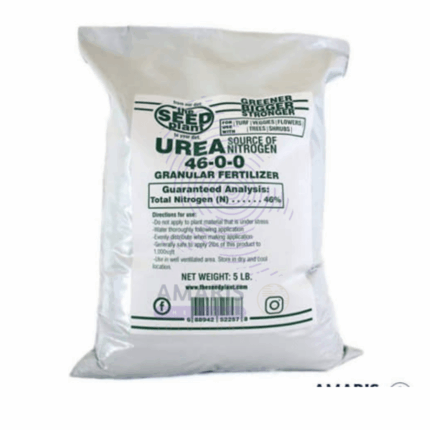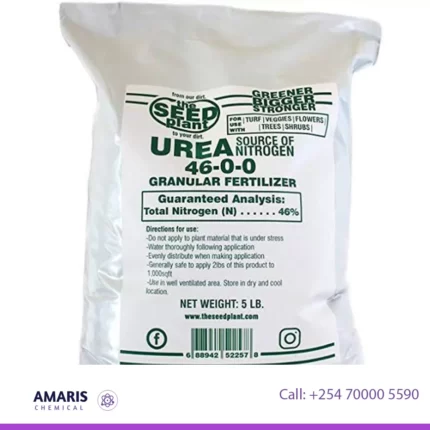“Universal Solution Indicator pH 4-11” has been added to your cart. View cart
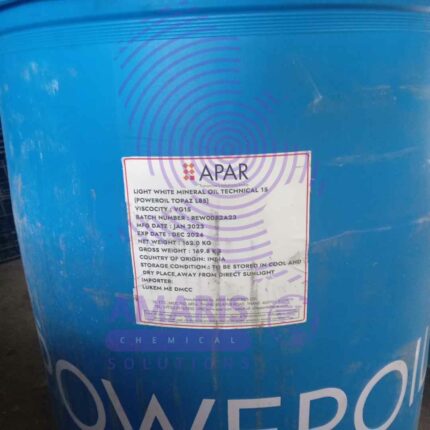
White oil 162kg
KSh52,000.00 Original price was: KSh52,000.00.KSh49,000.00Current price is: KSh49,000.00.
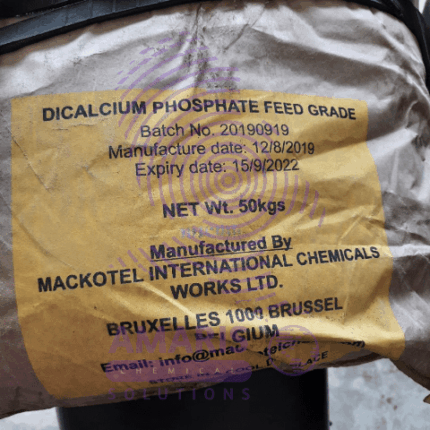
Dicalcium phosphate 25kg
KSh6,800.00 Original price was: KSh6,800.00.KSh5,800.00Current price is: KSh5,800.00.
Sodium cyanide
KSh40,200.00 Original price was: KSh40,200.00.KSh40,100.00Current price is: KSh40,100.00.
SKU:
ACS81653CHEM0
Categories: Analytical Reagents, Leaching Agents
Shipping & Delivery
Related products
Glacial Acetic Acid 35kg Tech grade
Acetic acid is an organic acid with the chemical formula CH3COOH, also known as ethanoic acid. It is a colorless liquid with a pungent, sour taste and a distinctive vinegar-like odor. Acetic acid is an important industrial chemical used in the production of various products, including solvents, plastics, textiles, and food additives. It is also the main component of vinegar, which is commonly used as a condiment and preservative in cooking and food preparation.
Hydrofluoric acid 25kg (HF) 50%
Hydrofluoric acid (HF) is a strong, highly corrosive, and toxic inorganic acid. It is a colorless liquid or gas that has a pungent odor and is highly soluble in water. Hydrofluoric acid is composed of hydrogen and fluorine atoms and has a chemical formula of HF. It is one of the most dangerous acids known, capable of dissolving many materials, including glass, ceramics, and metals. It can cause severe burns to the skin and eyes and can be lethal if ingested or inhaled in sufficient quantities. Due to its unique properties, hydrofluoric acid is used in various industrial processes, such as etching glass, cleaning metals, and manufacturing of electronic components
Manganese sulphate
Oxalic acid 25kg
Oxalic acid is a colorless, crystalline organic acid with the chemical formula C2H2O4. It is found naturally in many plants, such as spinach, rhubarb, and beets, and is also produced commercially for various industrial and medical applications. Oxalic acid is highly acidic and can be toxic in large doses, but it is also used in small quantities as a cleaning agent, a bleaching agent, and a chelating agent to remove metals from solution
Sodium Metal 100gm
Chemical Formula: Na
Appearance: Sodium metal is a soft, silvery-white, highly reactive metal. It is shiny when freshly cut but tarnishes rapidly in air due to oxidation.
Physical Properties:
- Atomic Number: 11
- Density: 0.97 g/cm³ at 20°C
- Melting Point: 97.79°C (207.02°F)
- Boiling Point: 883°C (1621°F)
- Hardness: Sodium is soft enough to be cut with a knife.
- Reactivity: Sodium is highly reactive, especially with water, producing sodium hydroxide and hydrogen gas. This reaction is exothermic and can be explosive. 2Na+2H2O→2NaOH+H22Na + 2H_2O → 2NaOH + H_22Na+2H2O→2NaOH+H2
- Oxidation: In air, sodium rapidly oxidizes, forming a layer of sodium oxide (Na_2O).
Sodium sulphite 25kg
Sodium Thiosulphate Pentahydrate
Analytical Reagents, Disinfectants and Biocides, Excipients, Leaching Agents, Wastewater Treatment Chemicals
Sodium thiosulfate (Na2S2O3) is an inorganic compound that is commonly used as a photographic fixer, as well as in medical and industrial applications. It is a white crystalline powder that is soluble in water and has a mild odor. In photography, sodium thiosulfate is used to remove unexposed silver halide from photographic prints and negatives, making the image permanent. In medicine, it is used as an antidote for cyanide poisoning, and in industrial applications, it is used as a reducing agent, a dechlorinating agent, and in water treatment processes.
Urea 50 kg
Urea is an organic compound with the chemical formula CO(NH2)2. It is a crystalline substance that is highly soluble in water. Urea is produced naturally in the bodies of mammals as a byproduct of protein metabolism and is excreted in urine. It is also synthetically produced on a large scale for various industrial applications.
In simple terms, urea is a nitrogenous compound that contains two amine groups (-NH2) attached to a carbonyl group (C=O). It plays a crucial role in the nitrogen cycle, serving as a primary vehicle for the excretion of nitrogenous waste in mammals. Urea is commonly used as a fertilizer in agriculture due to its high nitrogen content, and it is also utilized in the production of plastics, resins, adhesives, and various other industrial applications.

